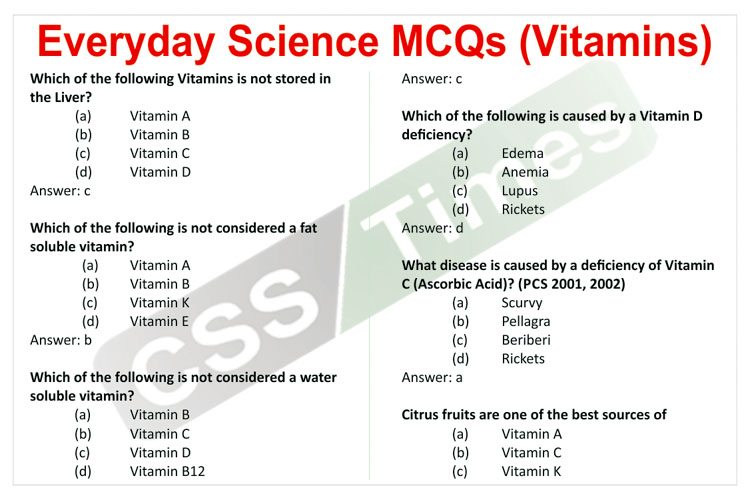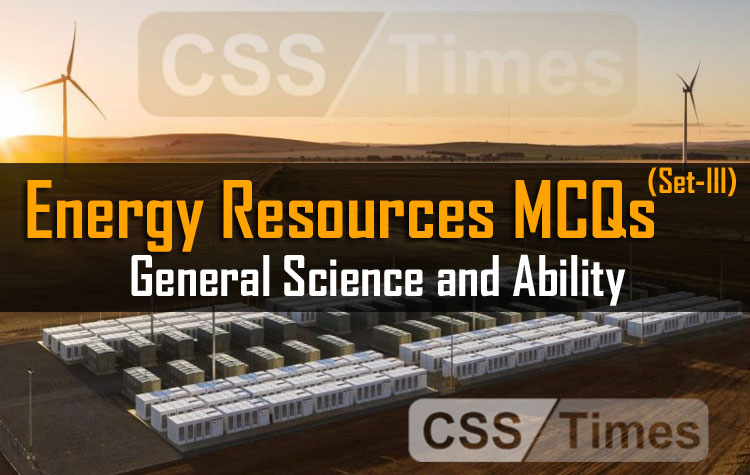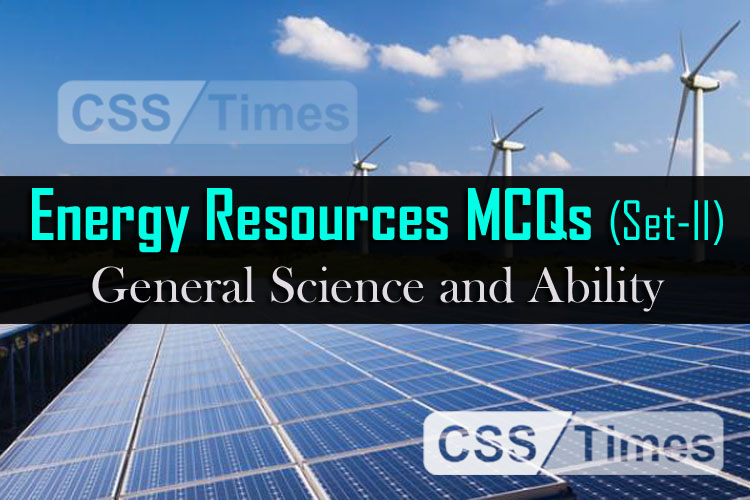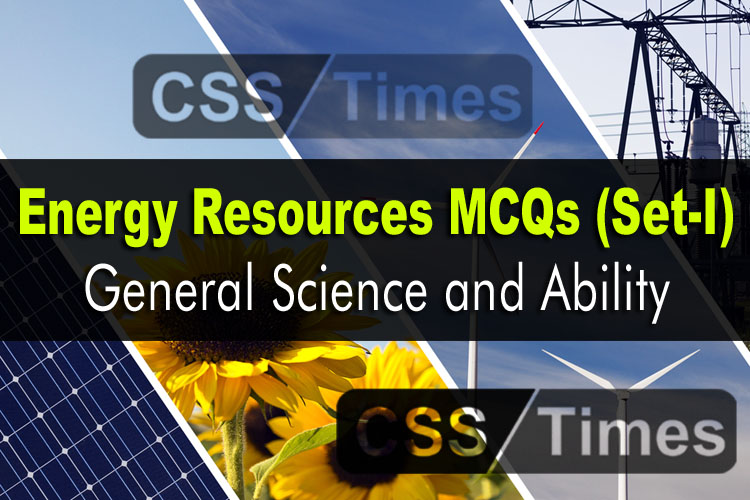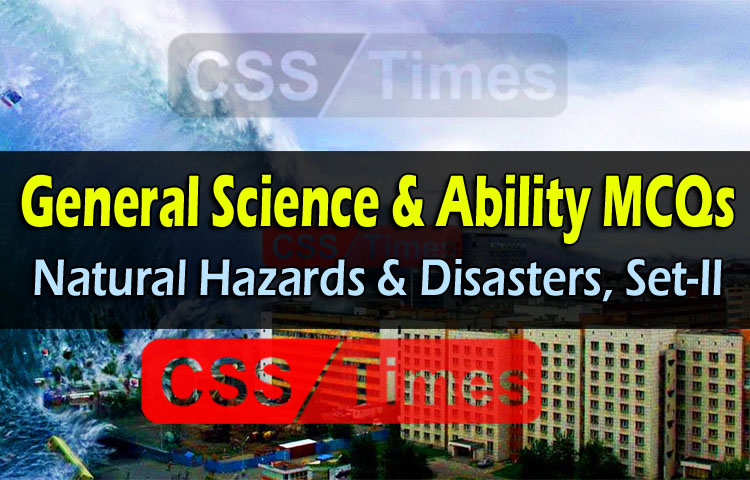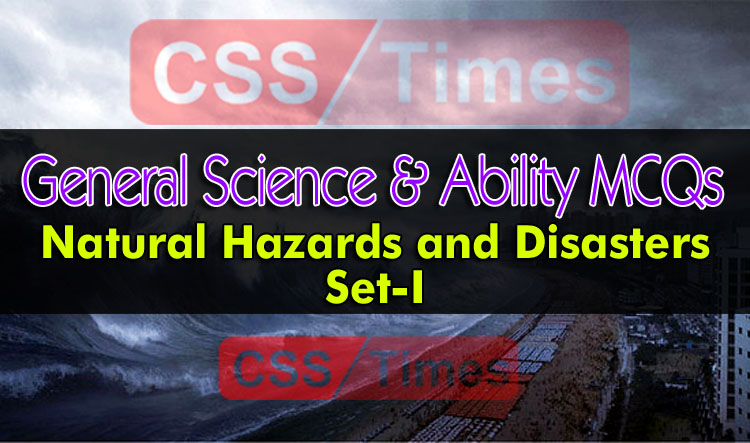General Science & Ability MCQs with Explanation
(Natural Hazards and Disasters, Set-I)
1) What is the point of origin of an earthquake?
(a) Epicenter
(b) Focus
(c) Foreshock
(d) Scarp
(e) Seismograph
Answer: (b)
The exact point where the earthquake actually starts deep inside the earth’s crust (the point of origin) is called the focus, or hypocenter.
2) What is the point on the surface nearest the earthquake?
(a) Epicenter
(b) Focus
(c) Foreshock
(d) Scarp
(e) Seismograph
Answer: (a)
The epicenter is the point on the earth’s surface vertically above the hypocenter (or focus), point in the crust where a seismic rupture begins
3) Places experiencing equal impact of an earthquake are called (CSS-2012)
(a) Snowlines
(b) seismic belts
(c) Seismic lines
(d) None of these
Answer: (c)
4) Where do most earthquakes occur?
(a) Along dikes
(b) Along faults
(c) Along folds
(d) Along joints
(e) Along unconformities
Answer: (b)
Earthquakes can also occur far from the edges of plates, along faults. Faults are cracks in the earth where sections of a plate (or two plates) are moving in different directions. Faults are caused by all that bumping and sliding the plates do. They are more common near the edges of the plates.
5) What is the standardized distance from an earthquake epicenter for measuring Richter magnitudes?
(a) 0 km
(b) 10 km
(c) 100 km
(d) 500 km
(e) 1000 km
Answer: (c)
Richter established 100 km as the standard distance from an earthquake epicenter to measure Richter magnitude with a Wood-Anderson seismograph.
